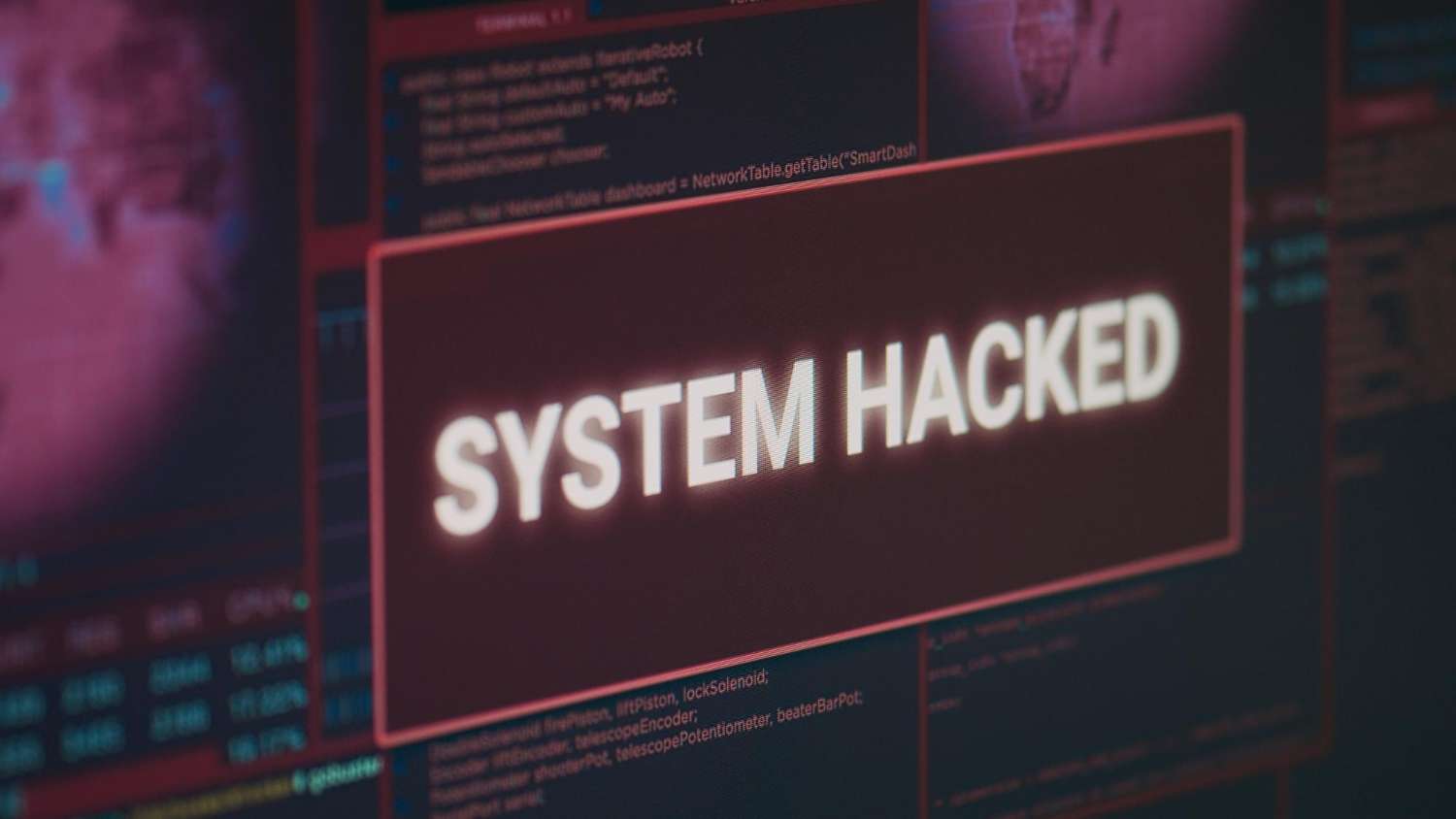Certainly, human error is often a substantial factor in cybersecurity breaches. A good example is the inadvertent misconfiguration of security settings in cloud services or systems, or an IT personnel neglecting to install a security update promptly, leaving the system vulnerable to known threats.
Similarly, an employee clicking on a malicious link unknowingly or using weak passwords contributes to security breaches significantly 🤦♂️🚫. This problem of human error is well-explored in our main article, The Human Factor in Cybersecurity.
Why Does Misconfiguration of Security Settings Happen?
The misconfiguration of security settings often happens due to a lack of understanding or oversight. Sometimes, in the rush to get systems up and running, security settings are overlooked. For more complex systems, misconfigurations can occur when personnel are not familiar with all aspects of the system. Improper access controls or publicly accessible data storage are typical examples of such misconfigurations.
According to the IDC Survey, Misconfigurations and the Inability to Detect Excessive Access to Sensitive Data Top List of Security Threats. This shows that attention to detail in configuration is a key contributor to secure IT environments.
What Consequences Can Neglected Security Updates Cause?
Neglected security updates are a common human error leading to cybersecurity breaches. When software providers release updates, these often include patches to identify security vulnerabilities. If the updates are not installed promptly, systems remain exposed to known threats.
It’s recommended that companies regularly schedule system updates and follow through to reduce risks.
How Can Employees’ Actions, Like Clicking on Malicious Links, Lead to Security Breaches?
Employees can unwittingly cause security breaches by clicking on malicious links sent via email or messages. These malicious links often lead to phishing websites that steal personal information and login credentials. Therefore, staff education on recognizing and avoiding such links is crucial.
The PhishLabs report states that nearly 25% of all phishing attacks succeed, demonstrating the significance of the human factor in cybersecurity 📧🎣. Employee education is thus vital to avoid such pitfalls.
What Role Do Weak Passwords Play in Cybersecurity Breaches?
Passwords provide the first line of defense against unauthorized access. However, weak passwords like ‘123456’, ‘password’, or easy-to-guess choices like birthdays can be easily cracked 👩💼🔒. When employees use weak passwords, they make it easier for hackers to access their accounts.
According to a Verizon report, 81% of hacking-related breaches were caused by stolen or weak passwords. Therefore, password security should be a prominent part of a company’s cybersecurity strategy.
Conclusion
Cybersecurity breaches often occur due to human error in the form of misconfigurations, neglected updates, reckless online behavior, or weak passwords. Proper configuration, disciplined system updates, employee training for online safety, and password security are critical to mitigate these risks.
A proactive approach to these human errors, as discussed in The Human Factor in Cybersecurity, can significantly improve a company’s data protection strategy. 🚀🔐
- The Agentic Startup Manifesto - June 8, 2025
- Remote Hiring in 2025 - April 5, 2025
- Burnout in Remote Teams: How It’s Draining Your Profits - January 27, 2025
